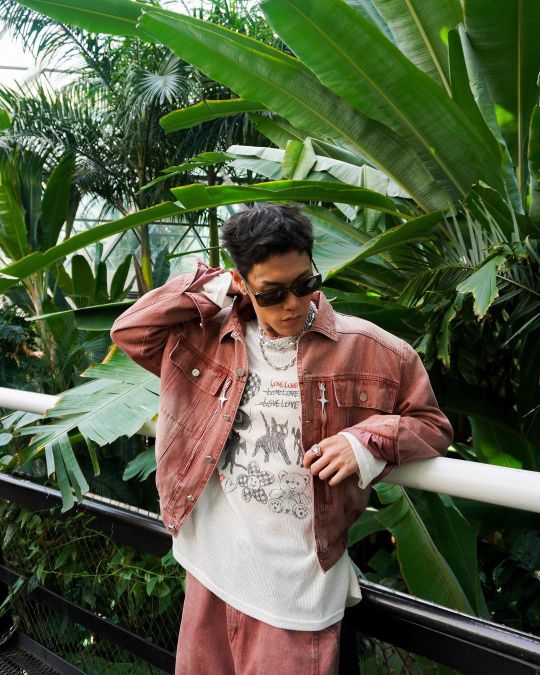#🌲🍃
Text



🌲A small stroll in the woods𓂃𓂂🍃
I suddenly had the earge to draw Moceit so here they are🤲💛💙 (This might be my first SS ship art to post on here( ºロº))
I kind of reused thier outfits from Thomas's into the unknown vid ! I guess I wanted an excuse to draw Janus in his coat (〃´-`〃)♡
I had fun with Jan's text bubbles, interpret it however you like!✨
I think Patton's just kinda pretending to listen seriously for his over-the-top edgy snake boi :)
#sanders sides#sanders sides fanart#ts art#sanders sides ships#moceit#janus sanders#ts janus#janus sanders fanart#patton sanders#ts patton#patton sanders fanart#janus x patton#ts fanart#fanart#degitalart#art#my art#💛💙#🌲🍃
598 notes
·
View notes
Text
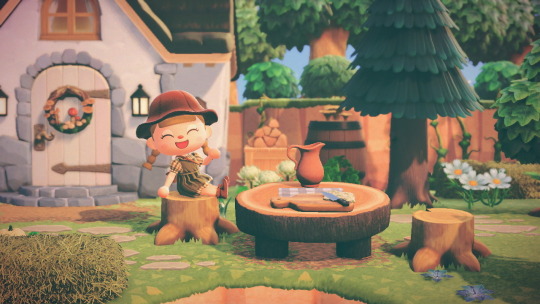

a little forest home🌱
#first two wip areas on the new island!#im still collecting items and trying to work out how to structure everything#but i feel like the vibe is there already🍃🌲#toadstool island#acnh#animal crossing#animal crossing new horizons#new horizons#acnh island#acnh exterior#acnh forest#acnh forestcore#acnh cozy#acnh spring#acnh entrance#acnh home
288 notes
·
View notes
Text


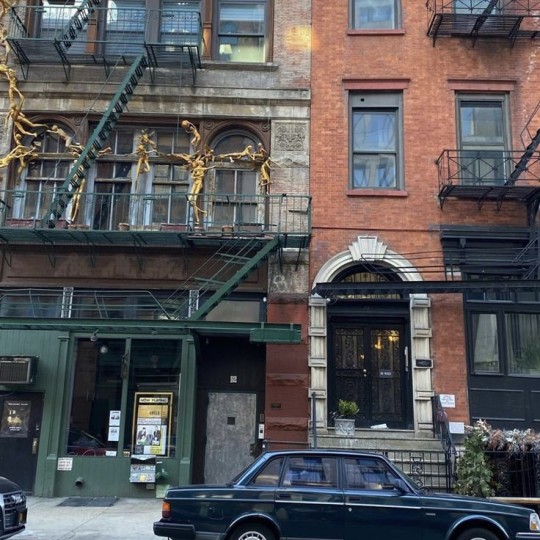
❁⠀⠀˚⠀⠀ ໑⠀⠀⠀🎨⠀⠀. ⠀⠀ ˚⠀⠀𝅗𝅥⠀⠀⊹
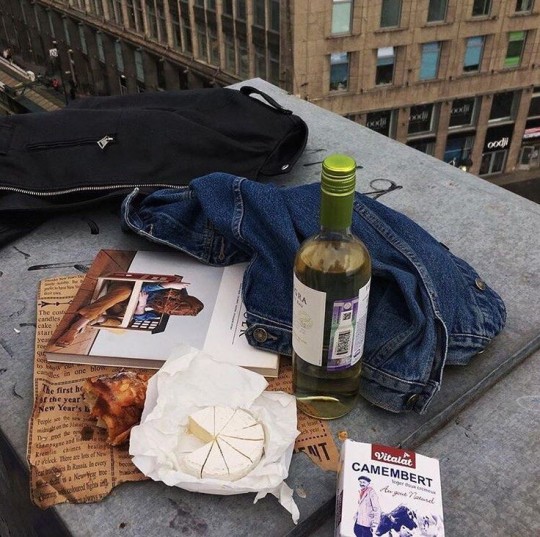


❁⠀⠀˚⠀⠀ ໑⠀⠀⠀💤⠀⠀. ⠀⠀ ˚⠀⠀𝅗𝅥⠀⠀⊹
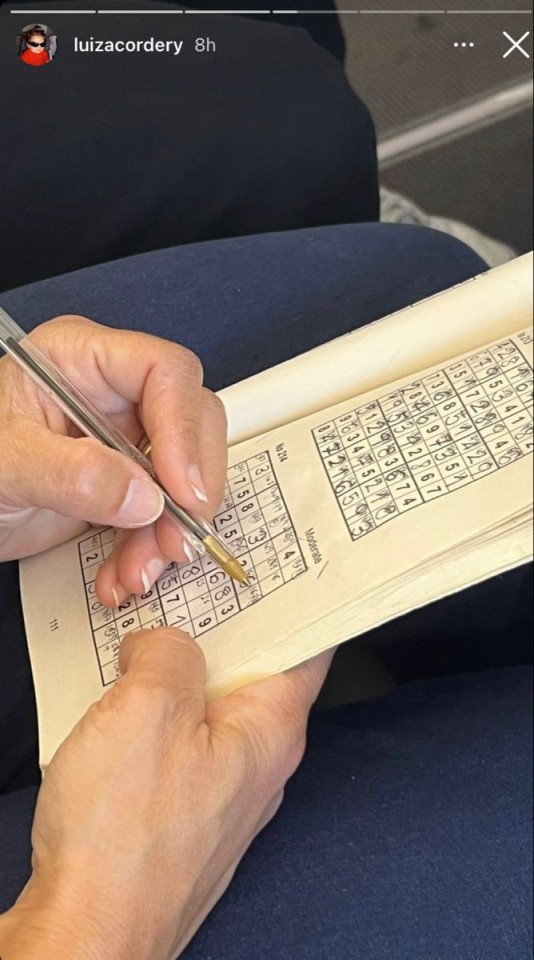
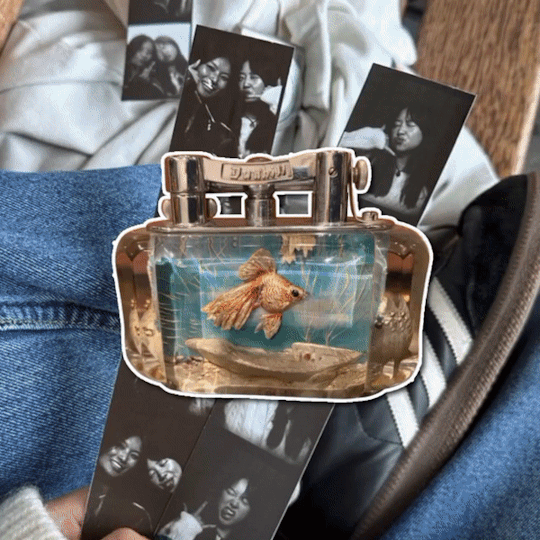

gif edited by me
#loc by my walking green flag bff raeceah 🟢🟩🥦☘️♻️⛳🍏🍵🎄🐍🐸👕🥬💚💲📗🌱🌲🍃🥗#yunjin#heo yunjin#huh yunjin#le sserafim#yunjin icons#yunjin layouts#yunjin moodboard#le sserafim icons#le sserafim layouts#le sserafim moodboard#kpop icons#kpop layouts#kpop moodboard#brown moodboard#blue moodboard#vintage moodboard#colorful moodboard#pretty moodboard#aesthetic moodboard#alt moodboard#alternative moodboard#random moodboard#messy moodboard#grunge moodboard#edgy moodboard#simple moodboard#gg moodboard#indie moodboard#lq moodboard
264 notes
·
View notes
Text

So guess who completely forgot that chocolate milk and strawberry milk is such a big internet thing and made a poll in the heat of the moment and now my inbox is full of T H E funniest tags but also now i can't find any of the non chocolate/strawberry milk debate stuff in the chocolate/strawberry milk flood i am drowning in
GOOD GOLLY
#i genuinely dont mind how bad im getting smoked because it is CO M E D Y G O L D#i will gladly put my dignity on the line in public as long as its a funny story later#the person i was debating with likes to scroll through the tags while im ignoring my phone#and read through her favorite of the mean choccy milk tags#right to me <3 its a good daily routine#anyway please universe do not let this one become a ten thousand billion note one i miss having like 12 notifications all about the blorbos#FR IM SURE I ALREADY SAID THIS BUT IF YOU NEED ME FEEL FREE TO SEND AN ASK and ill see it. late#the seeing it late is unrelated to the choccy milk thing#ive already made this announcement right before the poll thing#im making it again because theres a new reason im not seeing anybodys stuff#it is; being overwhelmed#in a good way i promise its really funny#but also oh gosh i have made a tactical error#i am lying in bed typing this instead of sleeping#if you read this far heres a fun fact for you; the human eye can percieve more shades of green than any other color#neat right#🟩📗🟢🍏🥗🥬💚♻️🐍🍃🌱🍀🤢🌲🌿#green :^)#ramblin
70 notes
·
View notes
Text
My sister has gone to 2 classes total for her film class and she’s posting like “film student 💕🌸🎀🩰” selfies on Instagram SOOOO FUNNY😭
#biology student 🧪🌻🌲🐝🦅🍃#what if I started doing that. LMFAO#idk is that mean? maybe it’s mean.. it’s ok..♥️
12 notes
·
View notes
Text




Welcome to the Hearthstone Apothecary

📜... Mina Hearthstone | The World of Hearthstone
📜... Shop Policy | Register with the Apothecary | Create your Story
📜... Anonymous Customers | Shop Radio
#– 🍁. hearthstone talks#– 🍂. hearthstone updates#– 🍃. hearthstone answers#– 🍀. hearthstone supports#– 🌱. apothecary customers#– 🥀. anon customers#– 🧪. the world of hearthstone#– 🌲. admin#oc rp#oc roleplay#oc chatbots#chatbot roleplay
16 notes
·
View notes
Text
every (other) day i go to school and i see my boyfriend and i look at him all day and then i go home and i think about looking at them all day and then i go to school and see my boyfriend
#i need a soundboard so i can like spam reactions like#i need chat#life if i had the book: 🌺🏞🏔🌄🌿🪷🍃🌌🌲🏕
6 notes
·
View notes
Text



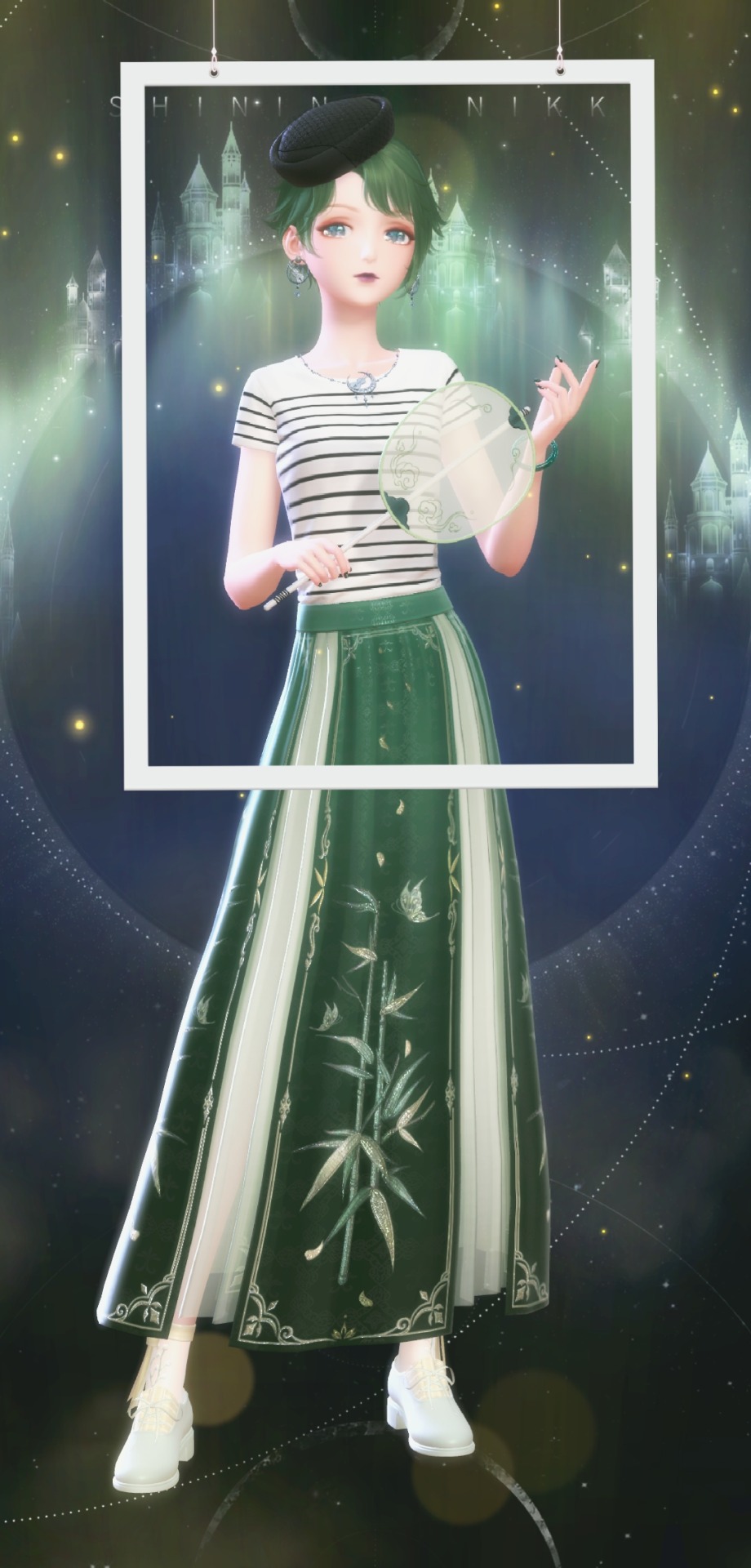
This skirt and top don't intuitively pair together, but I think the contrast is visually interesting.
23 notes
·
View notes
Text
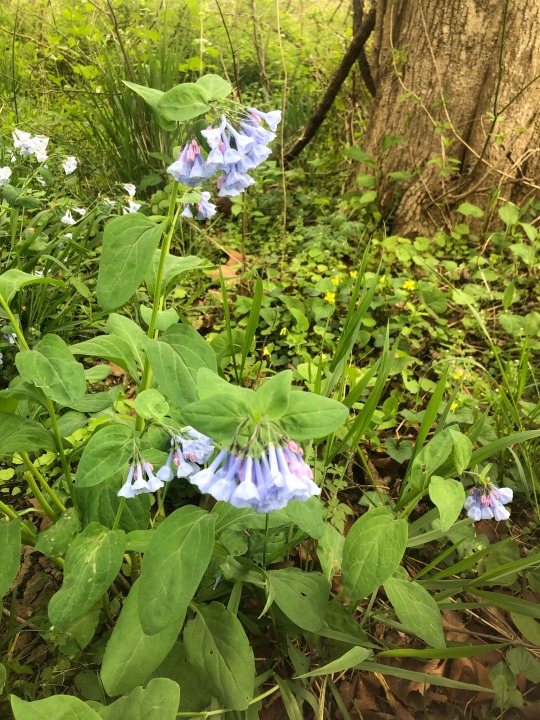
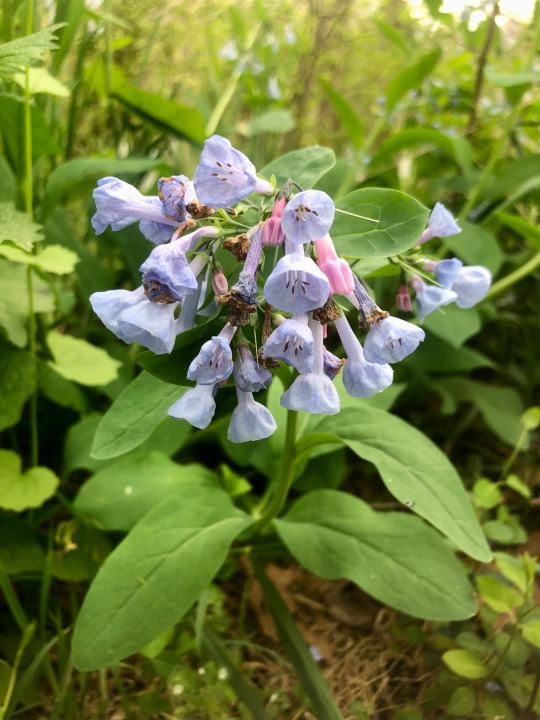
💙🧚🏻 Tall Fringed Blue Bells. ✨
17 notes
·
View notes
Text
the trees at my local park are my friends btw
107 notes
·
View notes
Text

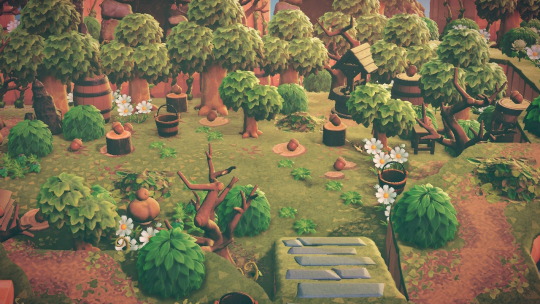
🍃acorn valley🌲
#i like the decayed tree item a little too much..🌲#i was a little worried that forestcore would become boring pretty fast#but working on nature viewpoints like this has been so calming and cozy!#i play while watching tv or listening to music these days! its been nice🍃#toadstool island#acnh#animal crossing#animal crossing new horizons#new horizons#acnh island#acnh exterior#acnh spring#acnh march#acnh forest#acnh forestcore#acnh valley#acnh woods#acnh acorns#acnh inspo#acnh inspiration#acnh nature#acnh natural island
197 notes
·
View notes
Text



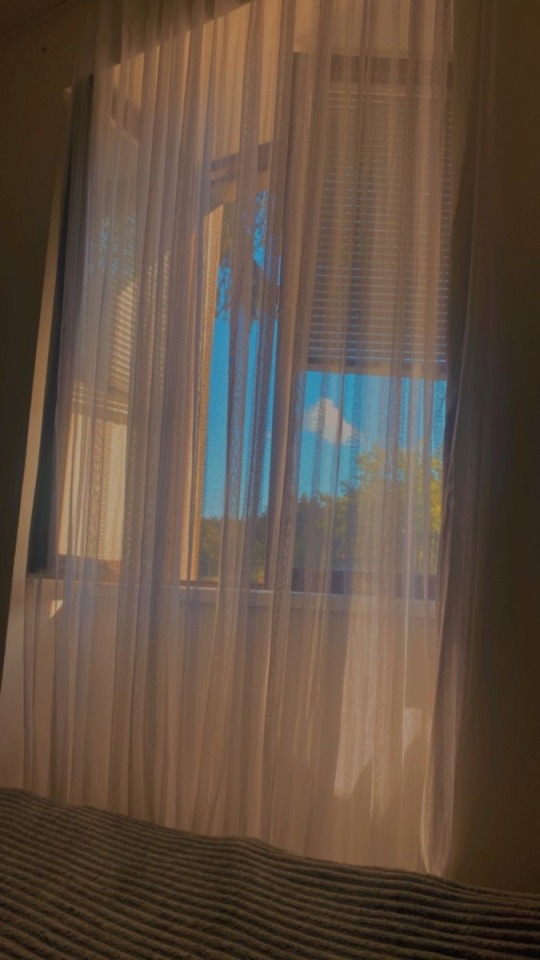


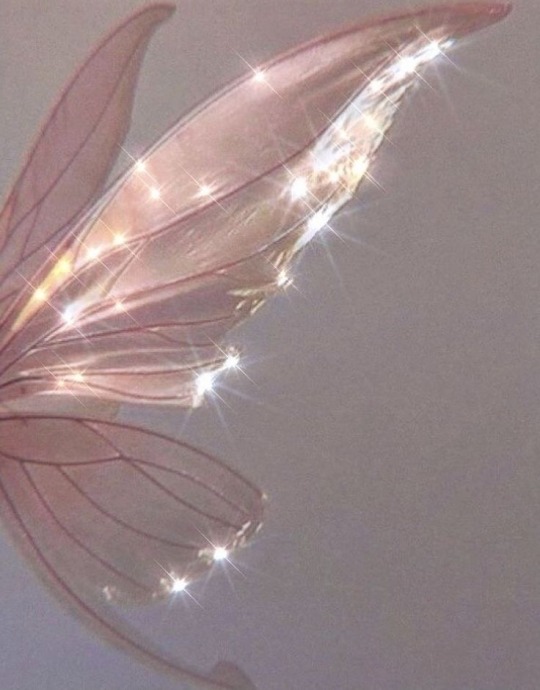
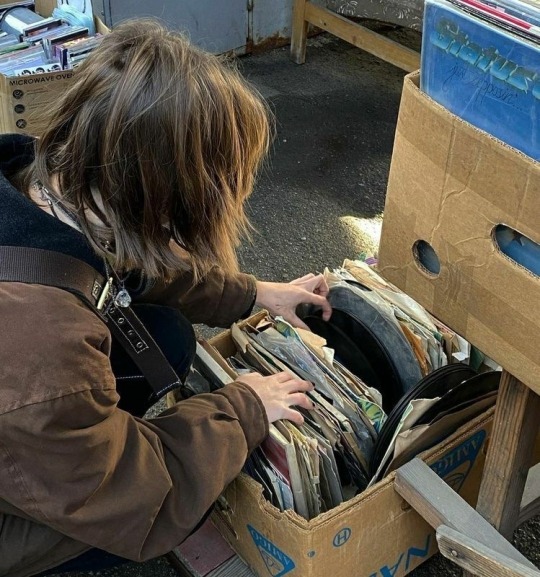
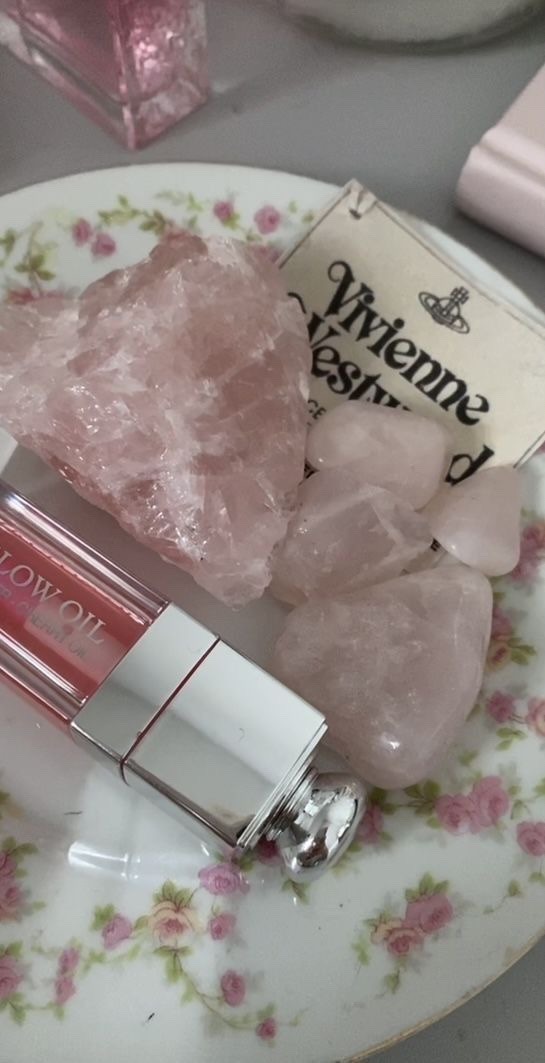
tagged by mary, av & george!! <33 ( @spacegirlsgang @scorpiopropaganda @heartyearning) to search [name]core aesthetic on pinterest & make a moodboard w the first 9 pics! so cute!! 💌
tagging: @cosyghost & @nicelytousled if you’d like to!!
#this was fun but oh my god#pinterest is so so so white djjfkggj#like the word aesthetic = white on there im fairly certain#i love that all those mossy green pics came up for me tho!!!! 😌💭🌲🌿🌱🍃🌳#shini.txt
6 notes
·
View notes
Text
my five year goal is to date someone who works at a dispensary and save them in my phone as ‘weed man’
5 notes
·
View notes
Text
How to Read the Tree Leaves
A Little Knowledge of Botany can be helpful, even if you’re an Amateur Gardener. Here are a few things you should know about what happens in the fall.
— By Margaret Roach | November 16, 2022 | The New York Times

Fallen leaves carpet the ground beneath a red maple (Acer rubrum) at the New York Botanical Garden, in the Bronx. Credit...New York Botanical Garden Photo
What’s going on out there — and why? Some version of that is the perennial question on any inquisitive gardener’s mind.
Fall provides plenty of dramatic subject matter along those lines, beyond the changing leaves. What is it exactly that gives the foliage of deciduous trees the signal to let go (except in the case of contrarians like certain oaks and beeches)?
Although we call them evergreens, the inner needles of many conifers show us otherwise each autumn. Why do they turn noticeably yellow and brown, in preparation for shedding?
And as the deep, cold of a Northern winter approaches, what gardener does not wonder how dormant buds and other tender-looking parts of plants survive intact?
A hunger to explain such phenomena led me to a beginning botany course and its accompanying textbook. In the decades since, I have revisited those lessons time and again.

Japanese maple leaves and other fallen foliage cover the ground at the New York Botanical Garden. Credit...New York Botanical Garden Photo
Apparently, I am not alone in my search for answers. The textbook used in that course, Brian Capon’s “Botany for Gardeners: An Introduction to the Science of Plants,” has sold more than 260,000 copies since it was published in 1990. In August, the fourth edition was released.
And the course itself, Introduction to Plant Science, is now given year-round at the New York Botanical Garden, virtually and in person, with up to 12 sessions a year and as many as 20 students in each. It is one of more than 700 annual offerings in subjects as diverse as botanical illustration, landscape design, psychedelic mushrooms and paleobotany — all part of the nation’s largest plant-focused adult continuing-education program.
Perhaps my biggest takeaway from the classes I attended: Putting some botany into our horticulture can help improve results in the garden. But best of all, it deepens our appreciation of how plants live their hard-working lives.

In the fall, the conservatory at the New York Botanical Garden is enlivened by honey locust trees (Gleditsia triacanthos). Shorter days and cooler weather trigger chlorophyll breakdown in the foliage, unmasking yellow and orange carotenoid pigments that had been there all along. Credit...New York Botanical Garden Photo
Batten Down the Hatches: Dormancy
Dormancy is a “virtual metabolic standstill,” wrote Dr. Capon, who died last year but was a professor of botany at California State University, Los Angeles, for decades.
In the temperate zone, “it’s an ecological adaptation for living in a cold environment, to survive the cold,” said Regina Alvarez, an assistant professor of biology at Dominican University New York, in Rockland County, and one of New York Botanical Garden’s botany instructors. “Depending on the life cycle and the form of the plant, they do it in different ways.”
Herbaceous plants have two choices: They can complete their life cycles and leave only their seeds behind for the following year (annuals), or their aboveground portions can die back, leaving the roots and storage organs like rhizomes, bulbs and corms to carry on when favorable conditions resume (biennials and perennials).
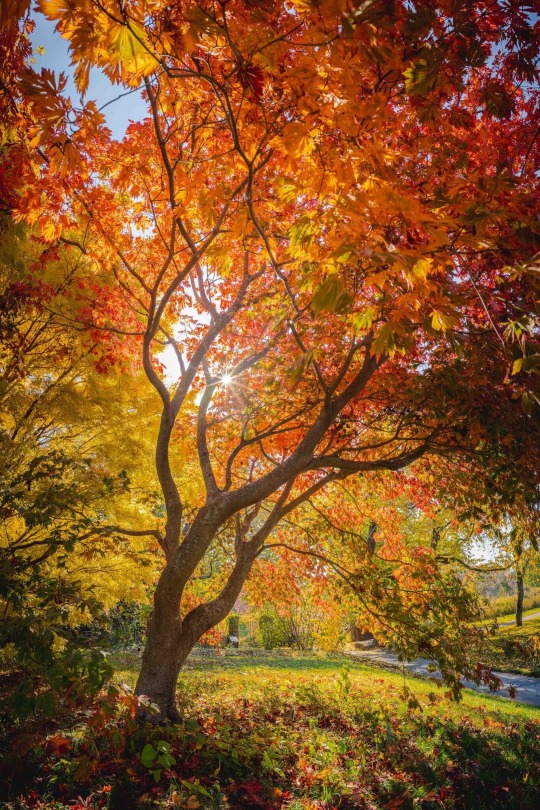
A Fern-Leaf Maple (Acer Japonicum Aconitifolium) in its fall glory at the New York Botanical Garden, with hot-colored foliar pigments taking center stage, after the chlorophyll that dominated the growing season recedes. Credit...New York Botanical Garden Photo
But woody plants can’t completely tuck in like that. Even those that drop their leaves as part of their overall defense have parts that remain exposed. Those include organs as small and seemingly vulnerable as the buds of next year’s leaves and flowers, or the growing tips of twigs and branches where elongation will resume again come spring.
In preparation, the undeveloped flowers, leaves or shoots may become encased in overlapping bud scales every autumn. Some species may also coat the covered buds in “a thick resin to protect them from the cold and wind,” said Leslie Day, the author of urban-focused natural history guides, including “Field Guide to the Street Trees of New York City,” and a plant-science instructor at the botanical garden.
It’s not just the buds that benefit from the waterproof sealant. Some insects do, too. Honey bees, for instance, mix the resin they scrape from bud scales and other plant parts with their saliva to produce propolis, which they use as a glue to seal cracks in their hives, Dr. Day said.
Another unexpected application for the antimicrobial sealant: “To embalm large intruders like mice and wasps that are too heavy to carry out after they sting them to death,” she said. Noted: Nature provides — and it wastes nothing.
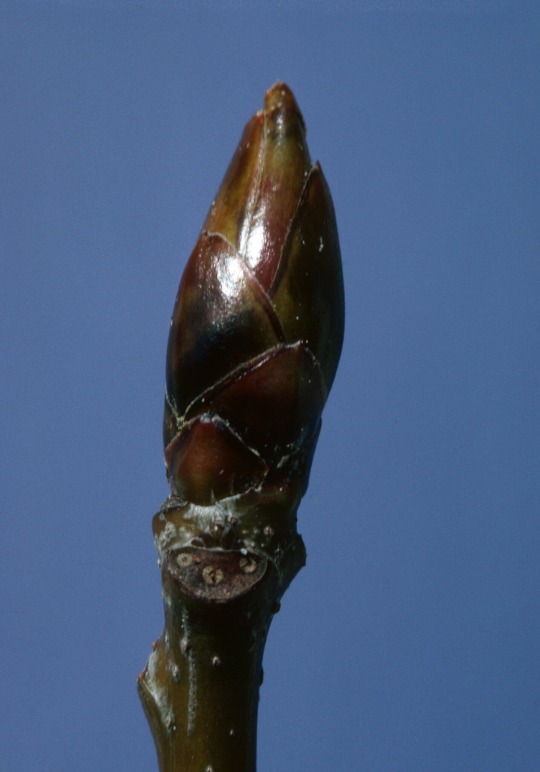
In preparation for winter, many woody plants encase their undeveloped flowers, leaves or shoots in overlapping bud scales. Some species may also coat the covered buds in a thick resin for extra protection. Credit...Brian Capon
The Coloring Up, and the Letting Go
We watched the recent show, as shorter days and cooler weather triggered the breakdown of chlorophyll, the predominant pigment in most leaves. What was unmasked are known as the accessory pigments, Dr. Alvarez said, including yellow and orange carotenoids that were there all along, in a supporting role. Although hidden during the growing season, they were helping with photosynthesis.
The anthocyanin pigments that we perceive as red and purple in dogwoods, sumacs or red oaks, however, weren’t hiding. They are produced in fall, products of a chemical change involving an increased concentration of sugars in the leaves.
Then — no matter the color, but all too soon for our liking — the foliage on most deciduous trees takes flight. The big event’s timing is determined by changing chemistry in the tiny abscission zone, a narrow band of cells at the base of each petiole, or leaf stalk, where it attaches to the stem or branch.
“None of this would happen without the plant hormones,” Dr. Day said.
Which hormone is at work in leaf drop? Not abscisic acid, the one that “abscission zone” would seem to imply. That hormone tells the plant to form the bud scales, to stop certain aspects of growth ahead of dormancy and even to keep the seed dormant until the time is right for germination, Dr. Day said.
It is now understood instead that ethylene — better known for its role in ripening fruits — is the catalyst. (Fruit and flowers, with their own specialized abscission zones and timing, are likewise influenced by ethylene on when to drop.)
“It starts to break down the cell membranes and form this zone where the leaf eventually can just fall,” Dr. Day said, “sealing itself off and leaving a scar on woody plants.” A thin cork layer forms to prevent water loss and fungal invasions.

A scar left behind after the dropping of a northern Catalpa leaf (Catalpa speciosa). The letting go is controlled by chemistry in the tiny abscission zone, a narrow band of cells at the base of each leaf stalk, where it attaches to the stem. The distinctive scars can aid in winter tree identification. Credit...Regina Alvarez
The outline of each scar forms a shape like an oval or a heart, Dr. Alvarez said. Dots inside that outline mark where the plant’s vascular tissues, the xylem and phloem, were connected, and conducted fluids between stem and leaf.
These scars can be very distinctive. How have I never looked at them?
Plenty of garden downtime lies ahead for such exploration. The scars are a useful tool for winter tree identification, said Dr. Alvarez, who admits that she and Dr. Day “get obsessive over leaf-scar photos.”
Dr. Day explained: “You learn to look at the scars and say, ‘Oh, that’s an Ailanthus’ or ‘That’s a horse chestnut.’”
The horse chestnut (Aesculus hippocastanum), for example, with its big compound foliage, “leaves behind what looks like a little horseshoe or smiley-face scar,” she said.
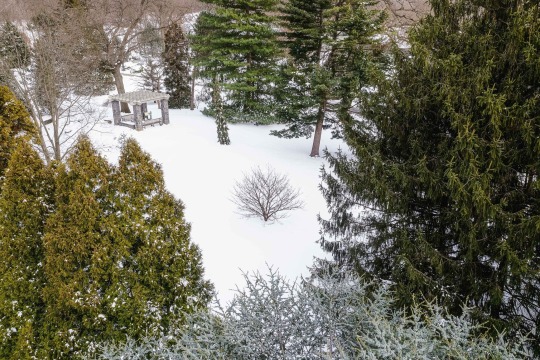
A portion of the New York Botanical Garden’s Benenson Ornamental Conifers collection in winter. The often narrow foliage of conifers is winter-adapted: It is less vulnerable to the effects of ice, snow and wind than broader leaves, and coated in a waxy substance. Credit...New York Botanical Garden Photo
When Leaves Don’t Fall (at Least Not Right Away)
How can so much be governed by such a microscopic piece of real estate?
“The restriction of ethylene’s destructive effects only to cells in the abscission zone illustrates the precise control plants exercise over their hormone systems,” Dr. Capon wrote.
Nowhere is this engineering prowess more astounding than in the deciduous trees and shrubs that hold onto their dead leaves all winter, only to release them in spring. To accomplish that, they must manage to keep just that attachment point up and running — the junction of a dead leaf and a dormant twig. Preposterous.

The inner Needles of a White Pine (Pinus Strobus) preparing to shed. Conifers don’t complete an annual shed like deciduous trees, but a portion of their oldest needles do drop each year. How long each needle holds on is particular to the species, ranging from two years to four or more. Credit...Margaret Roach
The trait, called Marcescence, is common to some Witch-Hazels (Hamamelis) and certain Hornbeams (Carpinus), Beech (Fagus) and Oaks (Quercus), especially in the lower branches and in younger trees.
Scientists hypothesize that the persistent leaves may have developed long ago, as an adaptation against browsing by large animals the plants evolved alongside. A mouthful of dead leaf is a less-tasty target than a bare twig and tender buds, something today’s deer also seem to understand.
A bonus design tip for gardeners: A row of marcescent trees, although not technically evergreen, makes for an effective, nearly year-round screen.
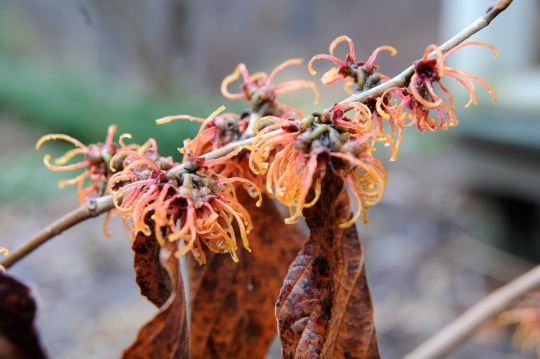
A hybrid witch-hazel (Hamamelis x intermedia Jelena) in February bloom, still holding last year’s faded leaves. Some deciduous woody plants hold their dead leaves until spring, a trait called marcescence, by keeping just the tiny attachment points up and running. Credit...Margaret Roach
Those Yellow and Brown Inner Conifer Needles
For something evergreen, we often turn to conifers — although they aren’t technically evergreen. Their often narrow foliage is winter-adapted: less vulnerable to the effects of ice, snow and wind than broader leaves, and coated in a waxy substance that guards against the elements.
“They’re always green,” Dr. Alvarez said, “but that doesn’t mean it’s always the same needles.”
When she worked for the Central Park Conservancy, Dr. Alvarez heard the question regularly starting in the early fall, when the inner foliage of many conifers turned yellow and brown. “What’s wrong with the trees?” visitors wanted to know.
As part of their life cycle, conifers undergo leaf drop, too. But it’s a sequential one — not an annual process like that of deciduous trees, and not to be confused with discolored foliage throughout the tree or at the branch tips at other times, which may indicate disease or injury.
Each year, the oldest foliage fades and prepares to fall. How long each needle holds on before that is particular to the species, ranging from two years to four or more.
Admittedly, the process can look alarming.
There’s no need to panic, though. Nothing’s wrong — provided you know a little about how to read the tree leaves.
#Botany#Trees#Tree 🌴 🌲 Leaves 🍁 🍂 🍃#Amateur Gardener#Margaret Roach#The New York Times#Fallen Foliage#New York Botanical Garden 🪴#Needles of a White Pine 🌲#Marcescence | Witch-Hazels
2 notes
·
View notes
Text
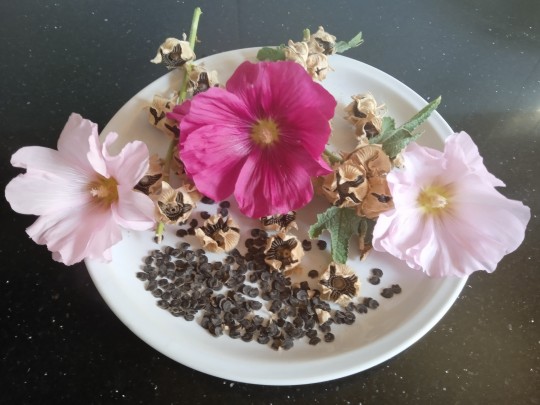
With these simple steps, you will learn how to identify when hollyhock seed pods are ready to collect, how to collect, and properly save the seeds for growing next years!
#hollyhocks#flower#flowergarden#garden#gardens#lovegardening🌱🌳🌲🌴🍁🍃🍂🌾🍄🌵🌺🌻🌹🍀🌷🌸💐#gardening#gardening tips#lovegardening#gyo#gardening uk#organic gardening#vegetable gardening#gardenchat#backyard#gardenersofinstagram#gardeners on tumblr#gardenersofig#gardenersofinsta#gardenersofinstagrami#howto
4 notes
·
View notes


